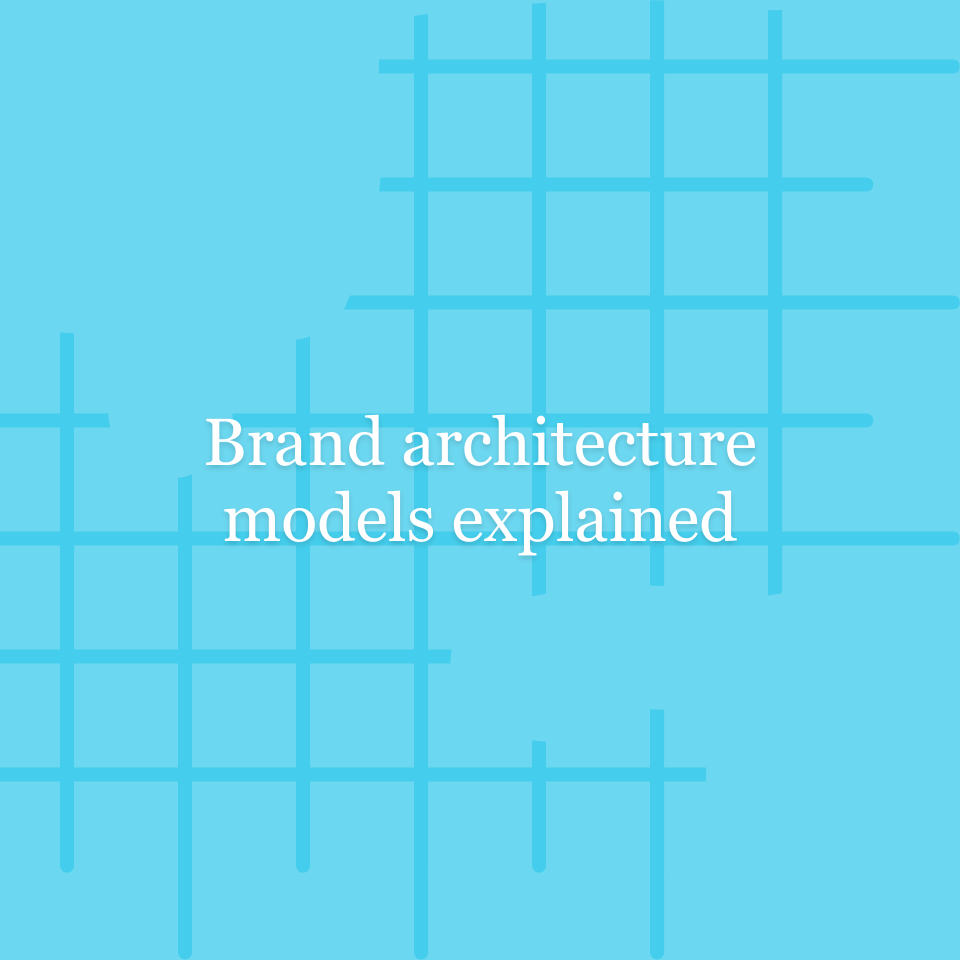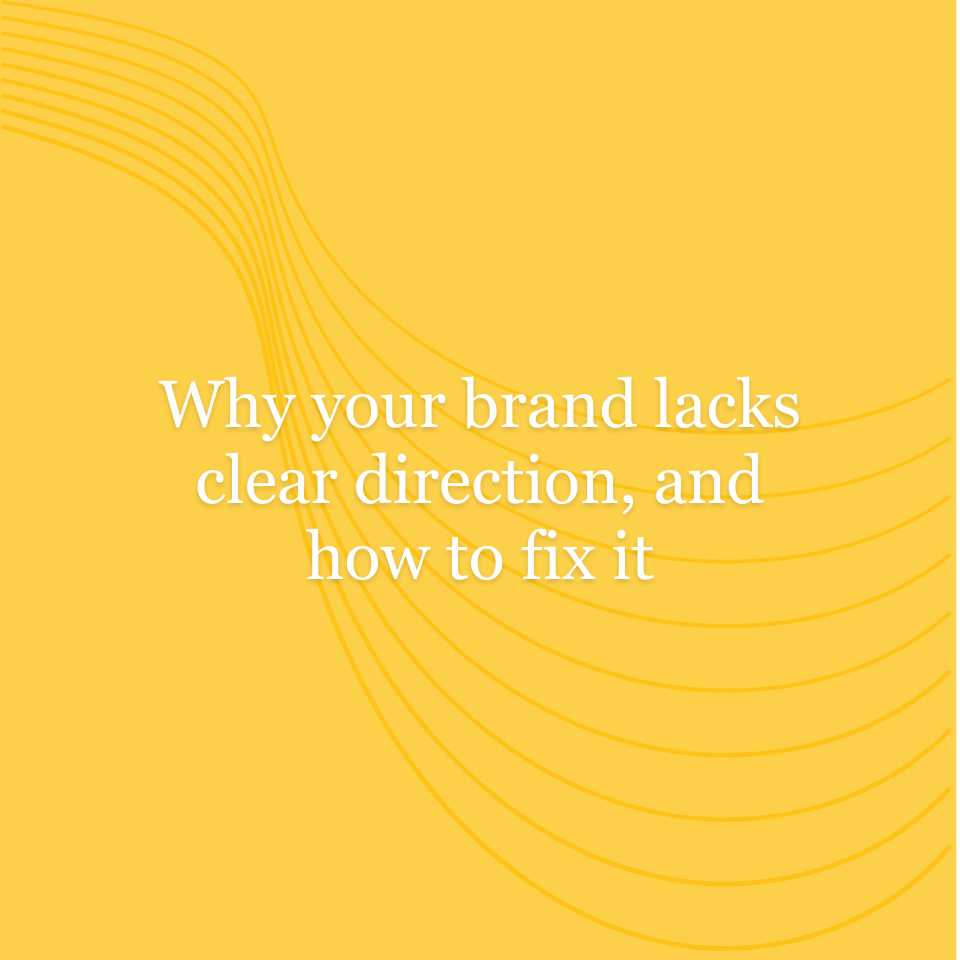A naming scenario we encounter all the time, especially in tech, is this:
We want to name something using descriptive language, but we want it to have some kind of oomph to it, something ownable. We may have a strong parent brand, or a well-known hero sub-brand, and our naming strategy companywide is not to get too cowboy with naming, but keep things simple, clear, and descriptive. But this new thing we’ve created is very special, and we want it to stand out. But it has to be descriptive. But also cool.
And so on…
Great. The problem with that kind of direction is that it often leads to treacherous territory – what we call the naming gap. The naming gap is this weird, head-scratching-ly uncomfortable space between a fully descriptive, industry-standard name for a product or service (think: AI chatbot), and a more evocative, suggestive, or creative name (think: Google Bard).
The gap between these spaces is quasi-descriptive, but also kind of differentiated. It’s when you use understandable language, but you don’t really make it clear to customers what you’re selling.
“Descriptive” does not always mean “clear.”
To continue the chatbot/Bard example, imagine Google had instead announced they were launching a new tool called Google Responsive Messaging. Now, I understand what all those words mean, so in a sense it is a descriptive name. But it’s not a clear name. Is it a conversational chatbot? Is it an auto-fill predictive texting or email capability? Clarity has left the chat.

To use an alternative example, Apple created and named Apple Pay, remaining safely on the industry-standard side of the gap, sitting comfortably next to Google Pay and Amazon Pay. They could have easily called it Apple Tab or some such creative name, and with the right marketing it could become quickly associated with payments through Apple. The gap here would be creating a nebulous, descriptive-ish name, something like Apple Virtual Value. Those are two words I recognize, but it takes more time and effort to process what they mean.

Why one or the other?
Our brains like to process things in two ways: intuitive snap judgments and slower rational calculations. Psychologist and author Daniel Kahneman calls these two systems respectively System 1 and System 2, or “thinking fast” and “thinking slow.” And we use these systems subconsciously when we’re evaluating names.
Clarity in naming comes either from being so evocative with the name that System 1 kicks in and I get it, or at least I want to know more about it, and I’m engaged on an intuitive level. This kind of name can spark curiosity, intrigue, and a memorable connection, ultimately making the product stand out in a crowded market. Names like Bard often have the potential to become iconic, transcending the product itself and becoming synonymous with an entire experience.
Or, clarity comes from being so in line with the other things I already know about the category (i.e., it uses standard language in the industry), that System 2 doesn’t have to work hard at all to logically process the name. With a name like Apple Pay, the processing time is minimal, which results in greater clarity.
Where we see this problem most frequently
In high innovation categories like tech where the ground is constantly shifting, we often see ambiguously descriptive names pop up. And it makes sense: the risk of a purely industry-standard descriptive name in a high innovation category is that the industry will shift, and probably sooner rather than later, leaving the name sounding dated or even obsolete. (Think: anything with “Digital” or “Mobile” or increasingly “Cloud” in the name.) It’s simply the nature of tech to advance rapidly, and so when pinning your name to the industry standard, do be aware that the standard is subject to change.
Alternatively, in a commoditized space, doubling down on brand can be a smart move that accrues equity for the company while avoiding the shifting sands of innovation dilemma. This is the Bard approach, which may well evolve beyond just an AI chatbot and into other generative AI capabilities from Google, places where a name like Google Chatbot couldn’t go. Of course, this is not without its downsides either. With too many creative names, you risk a cluttered portfolio, customer confusion, and greater marketing expenses.
Think some of your names might fall in the Naming Gap? Or, are you trying to name a new product and want to mind the Gap? Reach out, we'd love to help!
.png)




